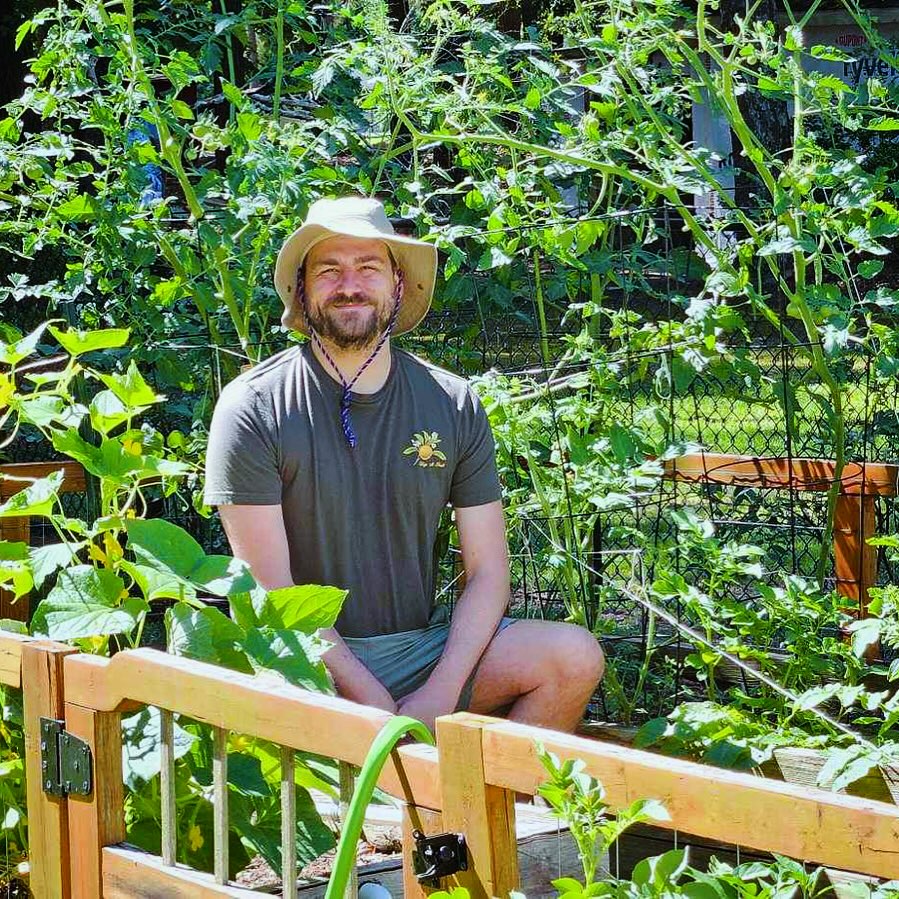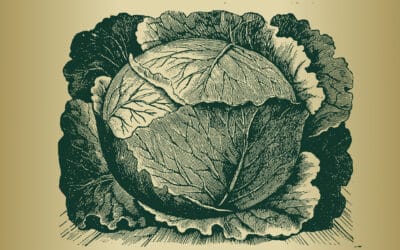The variety of soil types, from clay loam to sandy loam, presents a number of choices for gardeners, making it tough to select the right plants or amendments for their garden’s specific conditions.
Imagine if you could unlock the secret life of your garden’s soil, transforming your approach from trial and error to a strategic process of a green oasis. The complexity of soil types can overwhelm even the seasoned gardener.
However, these Specific Soil Type Guides aim to explain specific soil types, drawing on a blend of personal experiences and expert advice to help gardeners to make informed decisions for thriving gardens.
TL;DR
- Here we explore Specific Soil Type Guides—clay loam, silty soil, and sandy loam—and their impact on gardening success, emphasizing the importance of selecting the right plants and amendments for each soil’s unique conditions.
- We explore strategies for improving clay loam by integrating organic matter to enhance its structure, allowing for better water drainage and root growth, making it suitable for a variety of plants.
- We highlight the challenges and solutions for gardening in silty soil, suggesting regular amendments with compost to prevent compaction and improve soil health, creating a hospitable environment for plants.
- For those with sandy loam, we discuss the benefits of its excellent drainage and aeration, ideal for drought-tolerant plants and Mediterranean herbs, providing tips for selecting the right plants for these conditions.
- Lastly, we emphasize the value of DIY soil testing as a gateway to garden mastery, offering simple methods to gain insights into soil composition and tailor gardening practices for a thriving garden ecosystem.
Understanding Your Garden’s Soil Type
Exploring the world of gardening begins with a deep dive into the earth, understanding the foundation on which your garden grows.
Soil, the backbone of any garden, varies widely in type, each with its unique characteristics that influence essential factors like water retention, nutrient availability, and aeration.
Recognizing and adapting to these Specific Soil Type Guides can dramatically improve your gardening success.
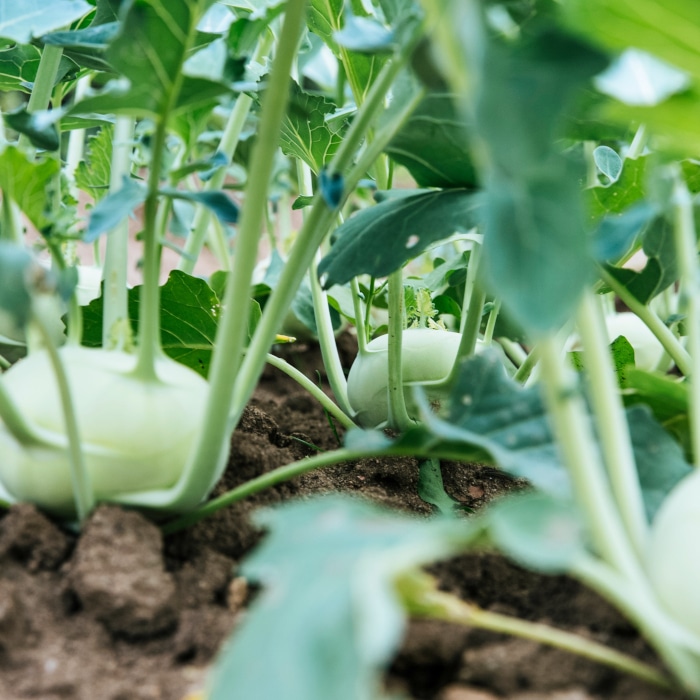
Kohlrabi plants in a field demonstrate how specific soil type guides are essential for the successful growth of diverse vegetable crops.
Specific Soil Type Guides – Clay Loam
- Characteristics: Clay loam stands out for its density and heaviness, a soil type that is great at in holding nutrients and moisture. However, this same density can challenge root penetration and water drainage, potentially leading to waterlogged conditions harmful to many plants.
- Improvement Tips: To counteract its dense nature, integrating organic matter such as compost or leaf mold into clay loam can significantly enhance its structure. This amendment process makes clay loam more friable, improving air spaces for roots to grow and water to drain more effectively. Find out more tips in how to break down clay soil fast.
- Planting in Clay Soil: Gardening in clay soil doesn’t have to be a daunting task. With the right approach, such as raising beds and incorporating generous amounts of organic matter, you can create a conducive environment for a wide range of plants. Root crops might struggle, but many trees, shrubs, and perennials find clay loam to their liking, thanks to its nutrient-rich profile.
Specific Soil Type Guides – Silty Soil
- Challenges and Solutions: In my garden, silty soil’s initial promise—thanks to its superior moisture retention and nutrient-rich nature—soon revealed a need for careful management. Its tendency to compact could suffocate roots and impede drainage. The solution? Regular amendments with compost and other organic materials. This practice not only prevented compaction but also boosted the soil’s overall health, making it a hospitable place for a diverse plant community.
Specific Soil Type Guides – Sandy Loam
- Optimal Plants: If your garden boasts sandy loam, you’re in luck with certain types of plants. This soil type is characterized by its excellent drainage and aeration properties, making it ideal for drought-tolerant plants and those that prefer drier roots. Lavender, rosemary, and other Mediterranean herbs flourish in these conditions, offering a fragrant and lush addition to your garden spaces.
By understanding the nuances of your garden’s soil type, from the dense and nutrient-rich clay loam to the well-draining sandy loam, you can tailor your gardening practices for optimal growth and health.
Whether it’s amending the soil to suit “Planting in Clay Soil” or selecting the right plants for sandy conditions, a little knowledge goes a long way in creating a thriving garden.
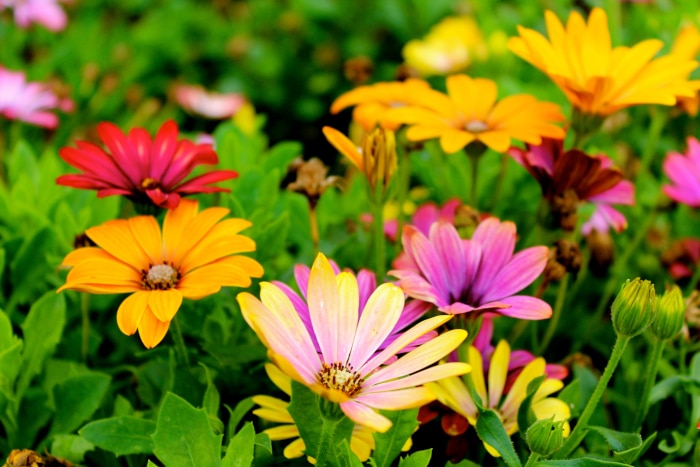
A close-up of colorful daisies illustrates the influence of specific soil type guides on the health and vibrancy of flowering plants.
Improving Soil Health and Plant Vitality
The life of your garden begins with the health of its soil. A productive garden is the result of understanding and improving the soil’s structure, nutrient content, and pH levels. The process of soil improvement is a blend of science, patience, and a bit of alchemy, requiring both adaptation and consistent effort.
When faced with the common challenge of clay soil, the goal is to enhance its structure to promote better drainage and aeration. Using a soil conditioner for clay soil can be a game changer, breaking down the heavy clay into a more manageable consistency that roots can easily navigate. This not only makes the soil more hospitable for a variety of plants but also improves its ability to retain nutrients in a form accessible to plants.
Adjusting soil pH is another important part of soil management, directly influencing plant health. Whether it’s adding sulfur to lower the soil pH for acid-loving plants like blueberries and azaleas or incorporating lime to make soil more alkaline for vegetables like cabbage and spinach, these adjustments can lead to big improvements in plant growth and productivity. It’s a fascinating process, revealing how subtle changes beneath the surface can lead to lush, vibrant growth above.
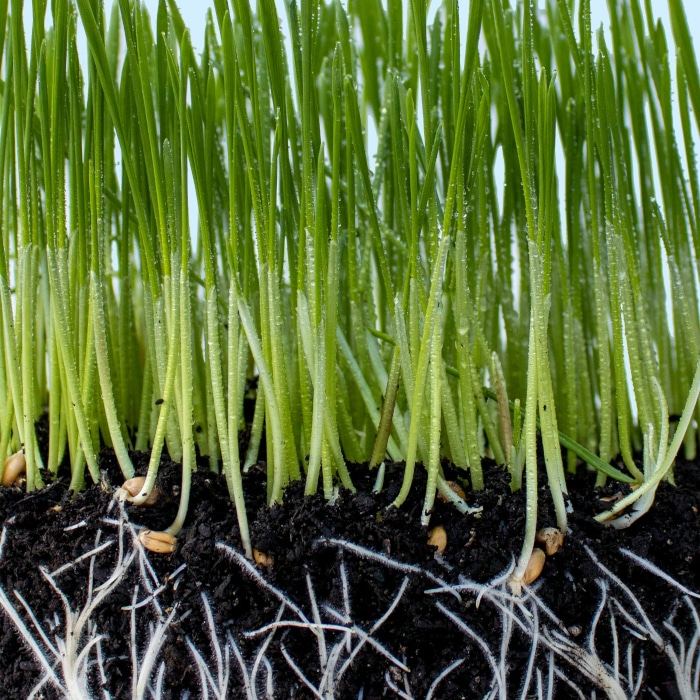
The growth of young wheat grass with visible roots showcases the specific soil type guides necessary for germination and root development.
DIY Soil Testing: A Gateway to Garden Mastery
Gaining a deep understanding of your garden’s soil type is essential, but it doesn’t mean you need expensive professional tests. Simple, do-it-yourself soil tests can offer profound insights into the soil’s composition, moisture retention, pH level, and more. These tests not only demystify the soil you’re working with but also provide a practical roadmap for targeted improvements.
I’ve personally gotten into DIY soil testing with methods like the ribbon test, which assesses soil texture by feeling how it binds in your hand, and the jar test, which separates soil into layers to visually distinguish its components. These experiments are not just educational—they’re downright fun, turning soil analysis into an engaging activity that deepens your connection with your garden.
They empower you to make informed decisions about soil amendments, watering schedules, and the best plants for your garden’s unique environment.
By embracing both the science of soil improvement and the hands-on discovery of DIY testing, you equip yourself with the knowledge and skills to turn any garden into a thriving ecosystem.
These practices, grounded in observation and experimentation, pave the way for a garden that not only blooms with life but also promotes a sustainable balance between the soil and the plant life it supports.
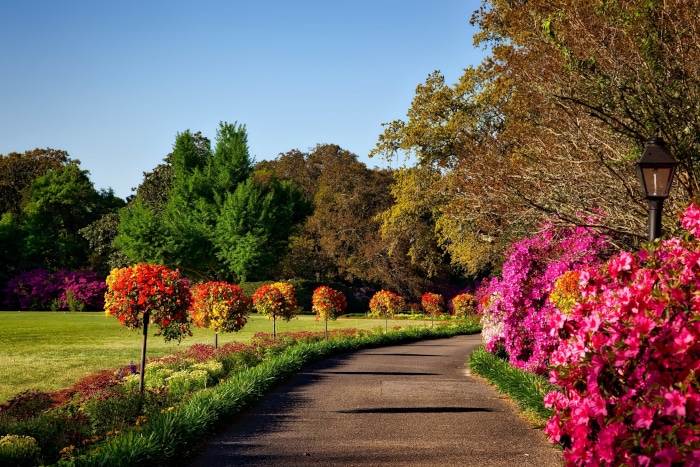
A garden pathway lined with vibrant flowers emphasizes the role of specific soil type guides in creating thriving landscapes.
Conclusion: Embrace the Diversity of Your Garden’s Soil
Understanding and working with the Specific Soil Type Guides in your garden is necessary for success. I encourage all gardeners to dig into the world beneath their plants, exploring and testing their soil, and applying the suggested improvements.
Sharing your experiences enriches our community’s collective knowledge, helping us all grow in our gardening efforts.
Remember, the path to a healthy garden begins with a scoop of soil. Let’s embrace the diversity of our gardens’ soil, learning and adapting as we go, to create spaces that are not only beautiful but also sustainable and thriving.



